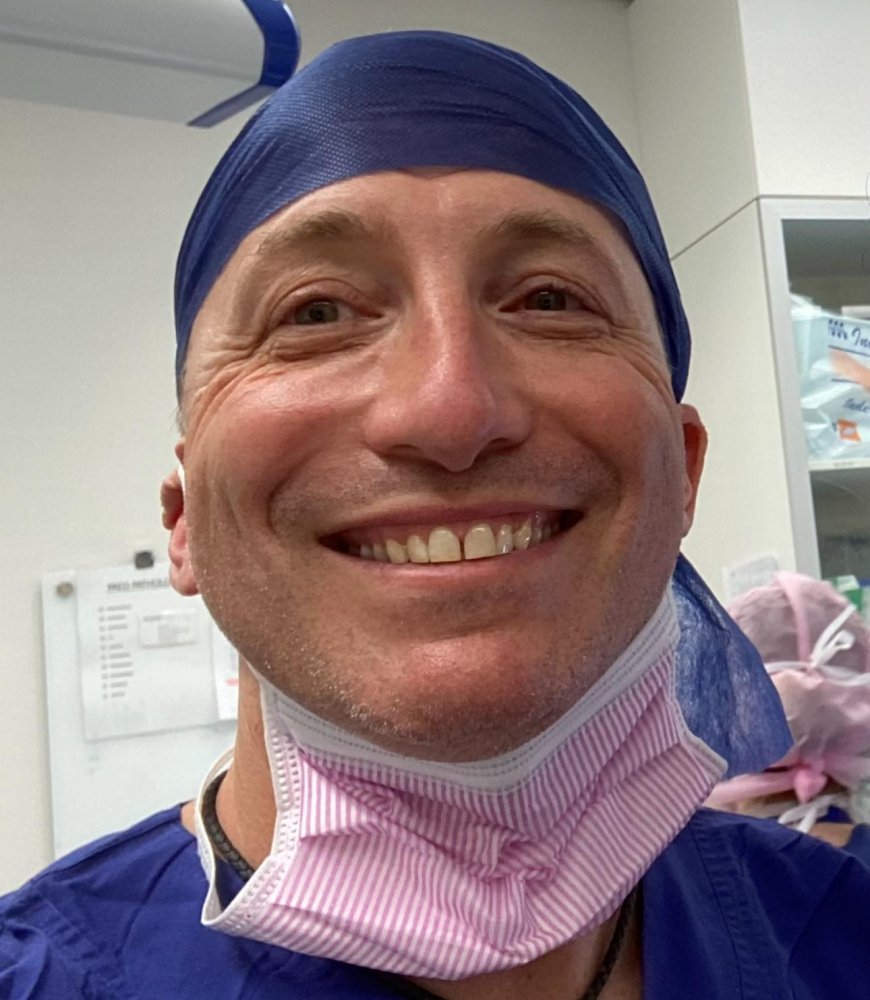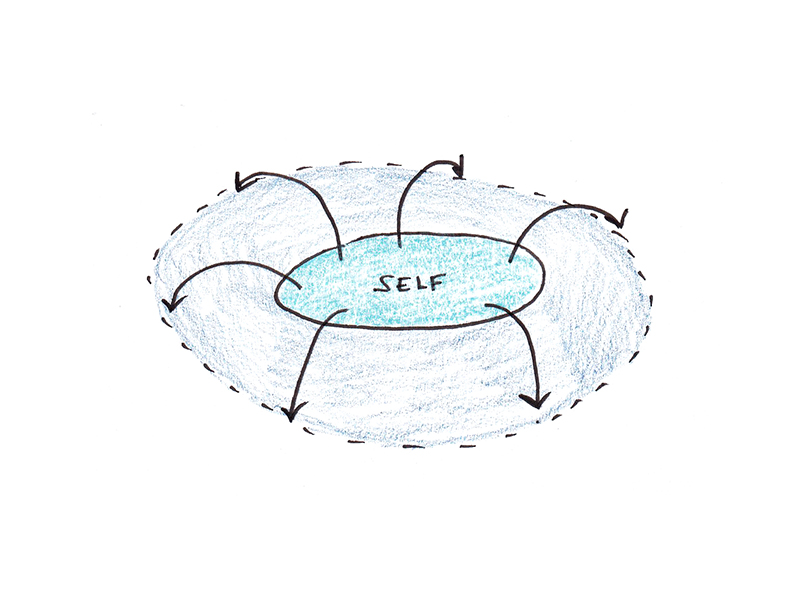Skin Cancer in Unexpected Places: Understanding Risks Beyond Sun-Exposed Areas

When we think of Skin Cancer, most of us imagine sun-exposed areas like the face, arms, and back. While these are indeed high-risk zones, recent medical insights reveal that skin cancer can also develop in parts of the body that rarely see the sun. This lesser-known fact underscores the importance of full-body skin checks and timely consultation with a qualified skin cancer doctor.
The Misconception of “Safe Zones”
Many individuals believe that clothing-covered areas are immune to Skin Cancer. However, this is a dangerous misconception. Skin cancer, particularly melanoma, has been detected on the soles of the feet, under the nails, the scalp, between the toes, and even in the genital region. These areas are often overlooked during self-examinations, which increases the risk of late detection.
Why Skin Cancer Occurs in Hidden Areas
UV radiation is a major risk factor, but it's not the only cause. Genetics, compromised immune systems, exposure to chemicals, or a history of severe sunburns can all contribute to skin cancer—even in areas not directly exposed to sunlight. For instance, acral lentiginous melanoma, a rare but aggressive form of melanoma, often appears on the palms, soles, or under the nails, and is more common among people with darker skin tones.
Signs to Watch For in Uncommon Locations
Because these hidden cancers can go unnoticed for long periods, it's vital to understand what to look for. Any new growth, persistent sore, discoloration, or change in texture on areas like the scalp, groin, or feet should be evaluated by a skin cancer doctor. Other warning signs include dark streaks under the nails, lumps that don’t go away, or pigmented patches in mucosal areas such as the mouth.
Who Is Most at Risk?
While anyone can develop skin cancer in unexpected areas, certain factors increase your risk. These include a personal or family history of skin cancer, having many moles, fair skin, immune suppression, and prior radiation exposure. People who rarely check their entire body for changes or who do not undergo routine dermatological exams are especially vulnerable.
The Role of a Skin Cancer Doctor
A board-certified skin cancer doctor plays a crucial role in diagnosing and treating cancers that may be hidden or misdiagnosed. These specialists use advanced tools like dermoscopy and full-body mole mapping to detect suspicious lesions early. Their expertise is especially critical when examining hard-to-see areas or differentiating between benign and malignant growths.
How to Protect Yourself
To reduce your risk of Skin Cancer in unexpected places, perform regular head-to-toe self-examinations and use mirrors or ask for help when checking difficult areas. Apply sunscreen to all exposed skin—including ears, scalp, and neck—even on cloudy days. Importantly, make annual visits to a trusted skin cancer doctor for professional skin screenings.






































































































![Building A Digital PR Strategy: 10 Essential Steps for Beginners [With Examples]](https://buzzsumo.com/wp-content/uploads/2023/09/Building-A-Digital-PR-Strategy-10-Essential-Steps-for-Beginners-With-Examples-bblog-masthead.jpg)



























![Senior Support Engineer - US West [IC3] at Sourcegraph](
https://nodesk.co/remote-companies/assets/logos/sourcegraph.f91af2c37bfa65f4a3a16b8d500367636e2a0fa3f05dcdeb13bf95cf6de09046.png
)




















